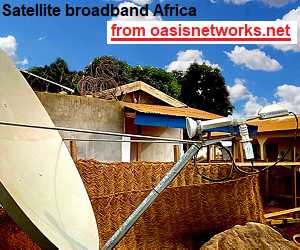Previously, we introduced the basic theory of satellite antenna dish types in detail, which mentioned the concept of antenna polarization. Regarding the polarization of electromagnetic waves, we described it in detail in the article ” The Polarization of Antesky 4.5m Satellite Dish” and compiled some vivid pictures to illustrate it. In practical applications, electromagnetic waves are emitted by antennas, so the polarization of electromagnetic waves is also the polarization of antennas. Then corresponding to the three polarization modes of electromagnetic waves: linear polarization, circular polarization and elliptical polarization, antennas also have these three polarization types. Antenna polarization is an important factor in designing and erecting radio antennas and even integrating them into small wireless or mobile communication systems. Some antennas are vertically polarized, some are horizontally polarized, and some antenna types have different polarization forms.
three polarization modes of electromagnetic waves
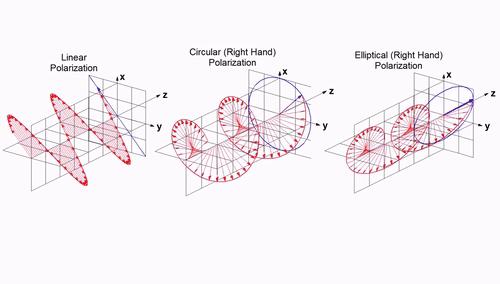
Figure 1 Three polarization modes of electromagnetic waves
When designing an satellite antenna dish, it is important to understand which way it needs to be polarized when deciding on a particular form of antenna. A radio antenna with a specific polarization will not be able to effectively receive electromagnetic wave signals with a different polarization.
That said, many wireless and mobile phone systems can rely on the fact that there can be many reflections between the transmitter and receiver, which often means that the signal will have a specific polarization when it reaches the receiver. Nonetheless, the polarization of the antenna is still important.
Theoretical basis of satellite antenna dish polarization
For electromagnetic waves, polarization is actually the plane that the wave vibrates in. This is important when looking at antennas, as they are sensitive to polarization and will generally only receive or transmit signals with a specific polarization.
For most satellite antenna dish, determining polarization is very easy. It is simply in the same plane as the antenna elements. Therefore, a vertical antenna (i.e. an antenna with vertical elements) will best receive vertically polarized signals, and similarly, a horizontal antenna will receive horizontally polarized signals.
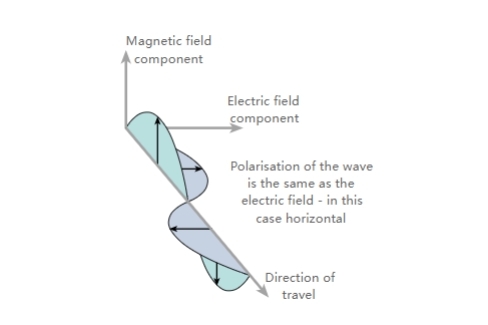
Figure 2 The diagram of electromagnetic waves
It is very important to match the polarization of the RF antenna with the polarization of the input signal. In this way a maximum signal is obtained. If the RF satellite antenna dish polarization does not match the signal polarization, the signal level is reduced accordingly. It is reduced by the cosine factor of the angle between the polarization of the RF antenna and the signal.
Therefore, the polarization of the antennas located in free space is very important, and obviously they should be in exactly the same plane to provide the best signal. If they are at right angles to each other (i.e. cross polarization), then in theory no signal will be received.
For terrestrial radio communication antenna applications, it is found that once a signal is transmitted, its polarization remains roughly constant. However, reflections from objects in the path can change the polarization. Since the received signal is the sum of the direct signal plus many reflected signals, the overall polarization of the signal may change slightly, although it remains roughly constant.
2. Polarization category
Different types of electromagnetic wave polarization propagate slightly differently in certain circumstances. This means that for some forms of broadcasting, radio communications, or certain wireless systems, different forms of polarization may be used.
In general, the advantages and disadvantages of the various polarization forms are subtle, but in the wireless links of certain forms of broadcasting, radio communications, or mobile communication systems, these small differences can make a big difference.
There are several categories of polarization, and within each type there are several subcategories. In addition to this, the associated antenna has a corresponding polarization.
2.1 Linear Polarization
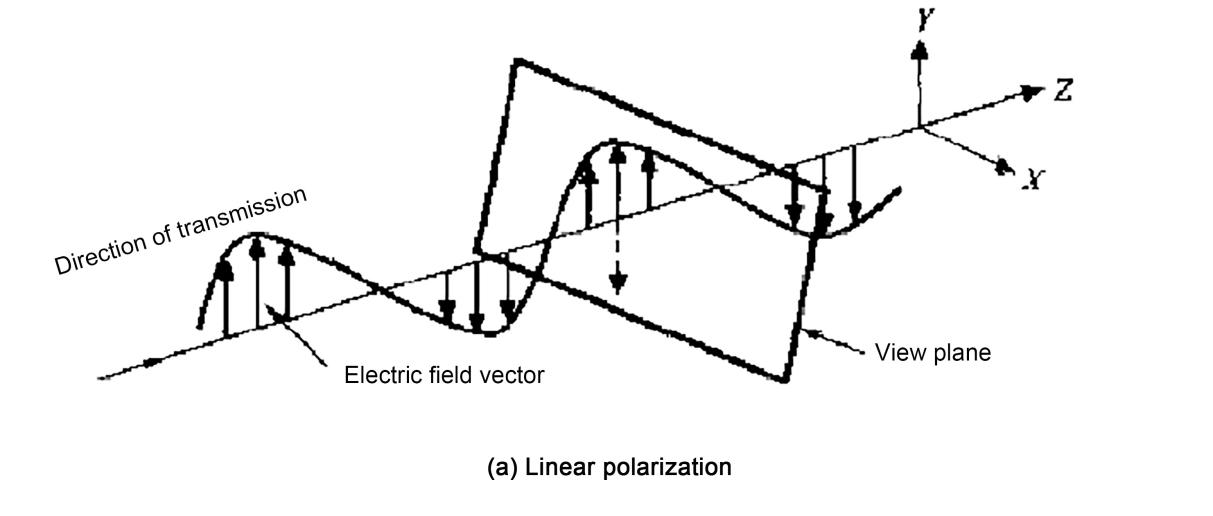
Linear Pol. Of satellite antenna dish
Linear polarization is the most common form of antenna polarization. It is characterized by all radiation being in one plane – hence the term linear includes:
–Horizontal Polarization: This form of satellite antenna dish polarization has a horizontal element. It picks up and radiates horizontally polarized signals, i.e. electromagnetic waves with an electric field in a horizontal plane.
–Vertically Polarization: This form of satellite antenna dish is represented by a vertical element within the antenna. It can be a single vertical element. One of the reasons for using vertical polarization is that an antenna consisting of a single vertical element can radiate uniformly around it in the horizontal plane. Usually, vertically polarized antennas have what is called a low radiation angle, allowing most of their power to be radiated at angles close to the earth’s surface. Vertically polarized antennas are also very convenient to use in cars.
–Slant Polarization: This is a form of radio antenna polarization that is angled with respect to the horizontal or vertical plane. This allows both vertically and horizontally polarized antennas to receive signals.
2.2 Circular Polarization
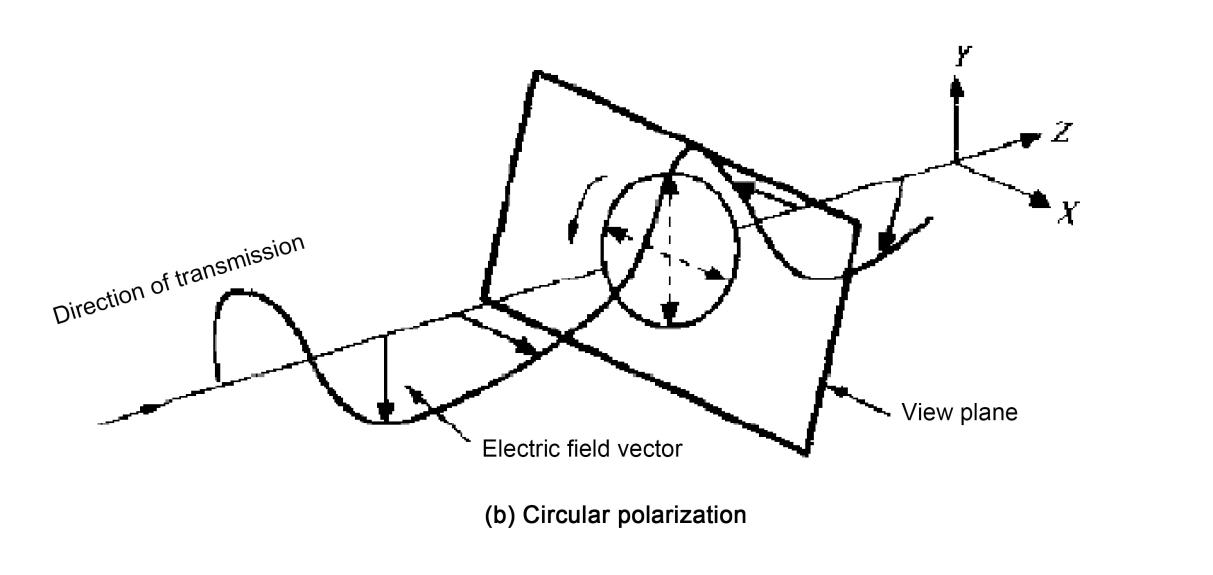
Circular Pol. Of satellite antenna dish
This has many benefits for areas such as satellite applications where it helps overcome the effects of propagation anomalies, ground reflections, and spin effects that occur on many satellites. Circular polarization is more difficult to visualize than linear polarization. However, it can be visualized by visualizing a signal propagating from an RF antenna that is spinning. The tip of the electric field vector can then be seen tracing a spiral or corkscrew as it travels away from the antenna.
–Right-Hand Circular Polarization: In this form of polarization, the vector rotates in the right-hand manner.
–Left-hand circular polarization: In this form of polarization, the vector rotates in a left-hand manner, which is opposite to the right-hand manner.
We concluded and post an article for clarifying LHCP/RHCP of circular polarization, you will learn how to switch LHCP /RHCP in details from this article.
2.3 Elliptical polarization
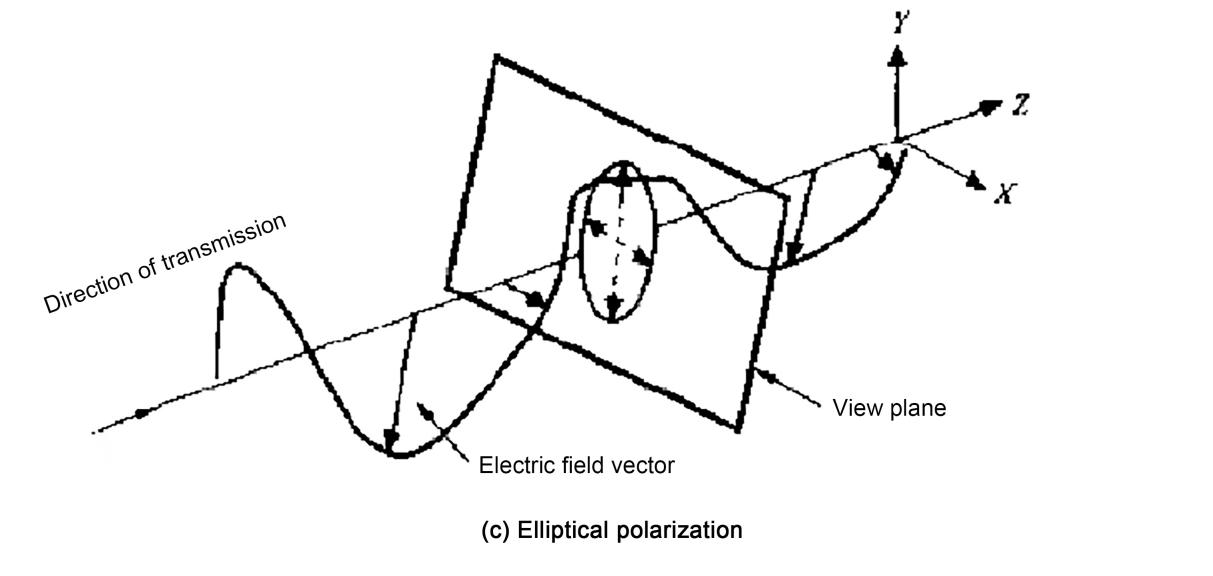
Elliptical Of satellite antenna dish
Another form of polarization is called elliptical polarization. This occurs when linear and circular polarizations are mixed. This can be visualized as before by tracing an elliptical corkscrew with the tip of the electric field vector.
A linearly polarized antenna can receive circularly polarized signals and vice versa. Whether a linearly polarized antenna is mounted vertically, horizontally, or in any other plane but pointed toward the incoming signal, the strength will be the same.
Some degradation will occur since the signal level will be 3 dB lower than when using a circularly polarized antenna in the same orientation. The same situation exists when a circularly polarized antenna receives a linearly polarized signal.
As can be seen, each form of radio antenna polarization has its own advantages that can be exploited in specific situations. Choosing the correct polarization can provide several advantages and is therefore very important.
